Full Course: Basics of Electronics and Components
🌟 Course Objective
Equip learners with a foundational understanding of basic electronic components, circuit theory, and safe practices for building and analyzing simple circuits.
📚 Course Modules
Module 1: Introduction to Electronics
Lesson 1.1: What is Electronics?
- Definition: Electronics is the branch of physics and technology concerned with the behavior and control of electrons (especially in semiconductors) and the design of circuits using components such as transistors, resistors, capacitors, and diodes.
- History:
- 19th Century: Discovery of electricity and electromagnetism (Michael Faraday, James Clerk Maxwell).
- 1904: Invention of the vacuum tube (thermionic valve) by John Ambrose Fleming, the first true electronic component.
- 1947: Invention of the transistor at Bell Labs, revolutionizing the electronics industry.
- 1950s–70s: Rise of consumer electronics and integrated circuits.
- 21st Century: Miniaturization and the rise of IoT, AI, and wearable electronics.
- Difference between Electrical and Electronic Systems:
- Electrical Systems: Deal with the generation, transmission, and distribution of electrical energy. These systems typically involve high voltage and current, and use components like transformers, generators, and motors.
- Example: Power grid, household wiring
- Electronic Systems: Focus on the manipulation of electrical signals to perform specific functions like control, computation, and communication. These systems operate at low voltage and current, using semiconductors like transistors and diodes.
- Example: Mobile phones, computers, TVs
- Modern applications (phones, cars, computers, etc.)
- Activity: Identify electronic devices around you
- Assessment: Quiz – True/False & Multiple Choice
Sample Questions:
True/False:
- Electronics deals with the control of electrons and includes devices like transistors and diodes. (True)
- Electrical systems operate at low voltages and use components like ICs and LEDs. (False)
Multiple Choice: 3. Who invented the transistor?
- A) Nikola Tesla
- B) Bell Labs
- C) Thomas Edison
- D) Albert Einstein
- Correct Answer: B
- Which of the following is an example of an electronic system?
- A) Washing machine motor
- B) Power transformer
- C) Smartphone
- D) High-voltage transmission line
- Correct Answer: C
Module 2: Core Electronic Components
Lesson 2.1: Resistors
- Function: Oppose the flow of electric current.
- Unit: Ohm (Ω)
- Types: Fixed, Variable (Potentiometers), Thermistors, LDRs
- Color Code: Used to determine resistance value using color bands
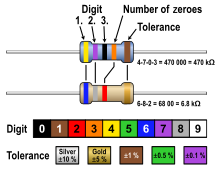
- Symbol:
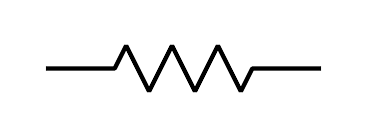
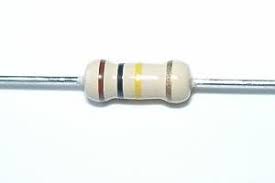
- Lab: Measure resistance with a multimeter
- Factors Affecting Measurement: Tolerance, temperature, contact resistance
Lesson 2.2: Capacitors
- Function: Store and release electrical energy.
- Unit: Farad (F)
- Types: Ceramic, Electrolytic, Tantalum, Film
- Symbol:

- Real Image:
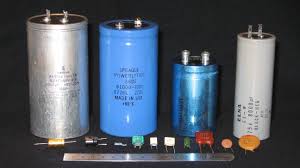
- Energy Storage: Stores charge on plates separated by a dielectric; discharges when connected to a load
- Effect of Larger Capacitance: Longer charge/discharge time
Lesson 2.3: Inductors
- Function: Store energy in a magnetic field when current flows through them
- Unit: Henry (H)
- Types: Air-core, Iron-core, Toroidal
- Symbol:

- Real Image:
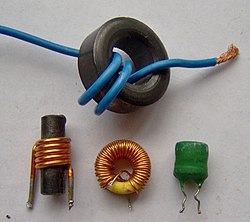
- Uses: Filters, transformers, energy storage in switching power supplies
Lesson 2.4: Diodes
- Function: Allow current to flow in only one direction
- Unit: Not measured in a conventional unit (voltage drop ~0.7V for silicon)
- Types: General Purpose, Zener, Light Emitting Diodes (LEDs), Schottky
- Symbol:
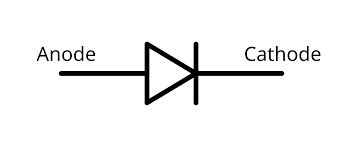
- Real Image:
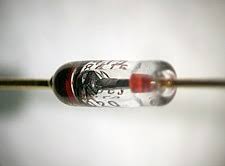
- LED Behavior with Different Resistors: Lower resistance → brighter LED (but risk of damage); Higher resistance → dimmer LED
Lesson 2.5: Transistors
- Function: Act as electronic switches or amplifiers
- Unit: No standard unit; characterized by current gain (hFE)
- Types: Bipolar Junction Transistor (BJT), Field Effect Transistor (FET), MOSFET
- Symbol:
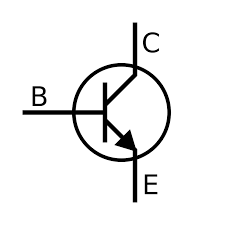
- Real Image:
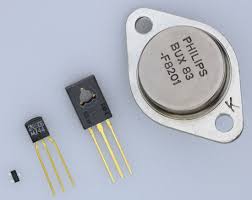
- Operation: Small input current at base controls large current flow between collector and emitter
- Common Use: Logic circuits, amplifiers, digital devices
Module 3: Advanced Components and Concepts
Lesson 3.1: Integrated Circuits (ICs)
- Function: ICs are compact semiconductor devices that contain multiple electronic components (transistors, resistors, capacitors) integrated into a single chip.

- Types: Analog ICs, Digital ICs, Mixed-signal ICs
- Examples: Operational amplifiers, 555 timers, Microcontrollers
- Applications: Computers, mobile phones, timers, sensors, control systems
Lesson 3.2: Logic Gates
- Function: Logic gates perform basic logical functions that are essential for digital circuits.
- Types:
- AND, OR, NOT, NAND, NOR, XOR, XNOR
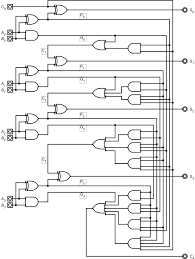
- Applications: Digital electronics, computing, automation systems
Lesson 3.3: Sensors
- Function: Convert physical quantities (temperature, light, motion) into electrical signals
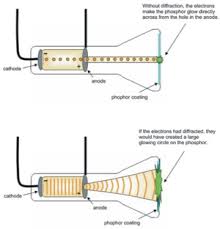
- Types:
- Temperature (e.g., LM35)
- Light (e.g., LDR)
- Motion (e.g., PIR)
- Sound (e.g., microphone)
- Applications: IoT, robotics, safety systems
Lesson 3.4: Power Supply Systems
- Function: Provide the required voltage and current to circuits
- Components:
- Transformers
- Rectifiers
- Voltage regulators (e.g., 7805)
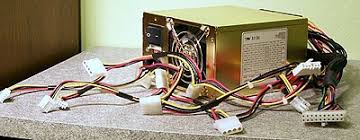
- Types: AC to DC conversion, Battery-based, USB power
Top 5 Video Editing AI tools for 2025



